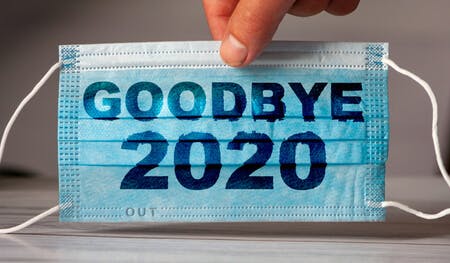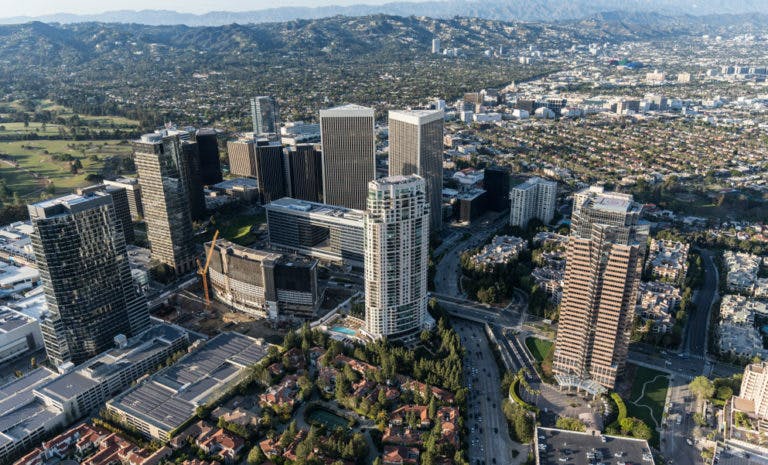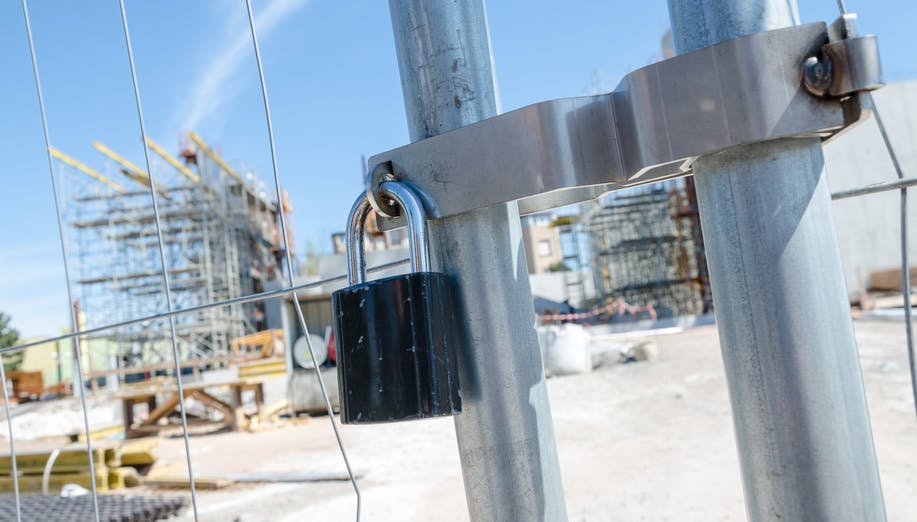Immigration lawyer Matt Galati has advice for investors concerned about filing an I-829 petition during this economic downturn. He says the key factor to approval is job creation — in particular, the “expectation” of such, according to regulations. Additionally, he reminds us that the USCIS policy may allow for job creation more than three years after conditional permanent residency under “extreme circumstances,” like a force majeure — an event that cannot be anticipated or controlled.The last couple weeks have been unprecedented in recent history, and the mark that COVID-19 is making has been felt all around the world, in every sphere. Immigration is one of them, and lawyer Matt Galati has been inundated with questions about how the current economic downturn will impact EB5 Green Card investors seeking to file their I-829 petition, or those seeking to remove the conditions on their permanent resident residency status.Before we deep-dive into the global pandemic’s impact on the I-829, let’s briefly examine the EB5 visa and its requirements.
What is EB-5?
The EB-5 visa or Immigrant Investor program offers permanent legal residence to foreign investors. It’s a welcome opportunity for everyone as it enables investing entrepreneurs to gain US citizenship and attracts cheap foreign capital, benefiting the economy and creating jobs for US nationals. The minimum investment capital required is $900,000 if it’s in a rural or high unemployment area.To qualify for the program, the investor and family must have no criminal record and the investment capital must come from a legal and traceable source. Immigrants can invest in a promising business that creates jobs or through a regional center approved by the USCIS. The condition for citizenship is that the investment must result in the creation of minimum 10 permanent jobs for qualified Americans.Upon approval of the initial application, the investor qualifies to apply for conditional residence for two years. Once the application for conditional residence is approved and after a period of two years, the investor can opt for I-829 filing, which is a petition to remove the conditions on the residency status. The approval is naturally subject to the key requirement of job creation.The USCIS Policy Manual cites the two major I-829 criteria that investors must provide evidence of having fulfilled:1. The investor has invested, or is in the process of actively investing, the required capital. This EB-5 investment capital must be sustained throughout the period of the investor’s conditional permanent residency.2. The New Commercial Enterprise (NCE) has created, or can be expected to create, within a reasonable time, 10 full-time jobs.In regards with the Coronavirus effect on the I-829, Galati says that for those concerned about the pandemic and looking to file their I-829 petition, approval hinges largely on job creation. He points out that regulations clearly indicate that, just like with an I-526 petition, an I-829 petition can be approved based on “prospective” job creation, meaning the jobs don’t have to be actually created during the point of I-829 filing. (He does mention, that during the last several years, most projects have been able to create the jobs on time.)
Flexibility for creation occurring past the typical two-year period
The USCIS Policy Manual allows for job creation “within a reasonable time standard” after the filing of an I-829. The agency realizes that flexibility is needed to account for the variables and unpredictable nature of starting a Green Card by investment business. But there are limits to such flexibility. Galati tells us that one can interpret policy to allow for job creation up to a year after the expiration of conditional permanent residency. He also advises that in such a case, having an updated business plan and economic analysis can serve an investor very well.Is three years after conditional permanent residency the upper limit of the job creation timeline? This is usually, but not always the case. USCIS says that jobs created after this three-year point will not be considered “unless extreme circumstances are presented.” The example USCIS provides for an extreme example is a “force majeure,” an event that cannot be controlled or anticipated. Such an event may be an act of nature, or acts of people, such as a war.
COVID-19 as a force majeure
Galati knows that many petitioners looking to file their I-829 have invested in projects that are not performing as expected now because of the pandemic. The EB5 news is that while COVID-19 does not mean job creation may be forgotten during this time of global crisis, an investor should provide evidence of how the virus has delayed construction, as well as provide a plan for job creation for the third year or beyond due to “extreme circumstances.”
Actual job creation vs. the expectation of job creation
Galati stresses the fact that the USCIS policy manual speaks to the requirement of only the “expectation” of job creation. He does say that lengthy processing times have led to USCIS issuing a Request for Evidence (RFE) a year or more after the I-829 filing to investigate actual job creation — but Galati strongly believes that the regulations do not mandate actual job creation, only the expectation of such. He maintains that an adjudicator should make a decision on a petition at the point of filing, and up to 90 days later — but not beyond this period. The immigration lawyer implies that judging job creation at a much later time can be legally challenged.So for EB-5 investors, the upshot of this is that they do not have to prove that jobs are created, only that the jobs can be expected to be created within a reasonable period of time.In conclusion, Galati offers the hope that history provides us: during the recession of 2008 many I-829 petitions were approved and rightly so. The program successfully created over 276,000 jobs and contributed more than $37 billion to the nation’s GDP between 2010 and 2015, contributing to the rise of the economy after it plumbed to unprecedented depths in early 2008. Similarly as the globe recovers from the devastating aftereffects of the COVID-19 outbreak, I-829 filings will likely result in favorable outcomes. “Investors need effective advocacy from immigration counsel and ongoing loyalty from their project issuers to ensure adequate job creation – whenever that may be”, is the advice he offers to those looking to file their I-829.Read Galati’s article Filing I-829s During a Coronavirus Economic DownturnSee the USCIS policy for removal of I-829 conditions







